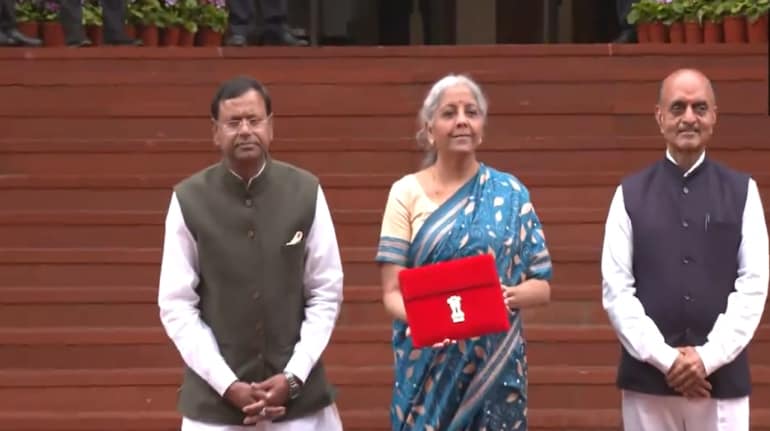
Currency markets globally have taken on an interesting tinge and every upcoming data set is being interpreted from both sides—depending on whether one is a dollar bull or bear.
Incidentally, the dollar index gained 2.9 percent in June 2021, the largest monthly gain since November 2016 when Donald Trump had won the US presidential election.
Current gains are on the basis of a set of good economic data from the US and a steep rise in inflation is being read by markets as a sure-shot precursor for the Federal Reserve to tighten its ultra-loose monetary
The US Fed, however, sees the inflation upswing as transitory and is willing to wait it out for more time for a clearer signal. Also important is the extent to which the other central banks, especially in the G-10 grouping, are likely to react to the tighter monetary policy by the Fed.
Forecasting the currency markets in the current scenario is fraught with risks and may only be conditioned by certain assumptions.
Markets are assuming and pricing in the fact that other central banks will quickly follow the Fed's lead and shift their guidance towards monetary tightness. Some have started to do so, among them are the Bank of England, Bank of Australia and Bank of Canada. A few emerging market economies have already tightened – Brazil and Turkey.
This is in sharp contrast to the 2013 episode of “taper tantrum” when the Fed was tightening, while most other G-10 central banks were continuing to enhance their monetary accommodation via cutting policy rates and by expanding balance sheets (quantitative easing and buying of interest rate securities, notably government bonds).
Even as this time looks different, it is unfortunate that there is a continued looming threat from the Delta variants of the coronavirus.
We have reports of large parts of urban Australia being in lockdown. Countries in Asia have again tightened restrictions. Poorer and populous countries of the world would struggle with vaccination and hence remain exposed to the virus risk.
Economies that do not heavily rely on exports and those that depend significantly on travel and tourism could see their growth curves pushed back.
Basically, while the baseline remains that of a global upturn and a broad crawl out of the monetary easiness, the risk for divergence of monetary policy momentum remains.
Where does India and the Indian Rupee stand in this scenario? The rupee was the second worst performing Asia ex-Japan currency in June 2021 and the extent of its loss against the dollar was the largest since March 2020.
The reason is the strengthening of the dollar on the back of a hawkish Fed and also a sustained rise in the Brent Crude oil prices–hovering around the $75 per barrel.
India's oil import bill has risen and there are clear indications that non-oil non-gold imports are also on the rise as the domestic demand conditions normalise.
True, in India the virus remains a threat in terms of a third wave taking hold, but for now, restrictions across states are easing with a continued decline in the Covid curve.
The current account has once more tipped into a deficit in Q3 and Q4 of FY21 and at Yes Bank we predict that the current account deficit will only widen from here to be at 1.3-1.5 percent of the GDP in FY22.
Even as we see capital flows to hold strong (though with some changes in composition), the risk to the balance of payment (BoP) in FY22 will be more due to a volatile capital account. This is due to the fact that there can be sharp changes in investment flows if global monetary policy is tightened.
On the other hand, despite rising inflation, the Reserve Bank of India may show some lag in catching up with global monetary policy moves and allow domestic growth to take a stronger hold. This is a perfect recipe for INR depreciation but with the RBI continuing to smooth out the journey with its strong foreign currency reserves. Effectively, for the rest of the calendar year, we point towards a depreciation bias of the rupee and the USD-INR is likely to trade around the 75.50-76 zone by December end.
Disclaimer: The views and investment tips expressed by experts on Moneycontrol.com are their own and not those of the website or its management. Moneycontrol.com advises users to check with certified experts before taking any investment decisions.Here's why rupee will likely trade around 75.5-76 to a dollar by December-end - Moneycontrol.com
Read More

No comments:
Post a Comment